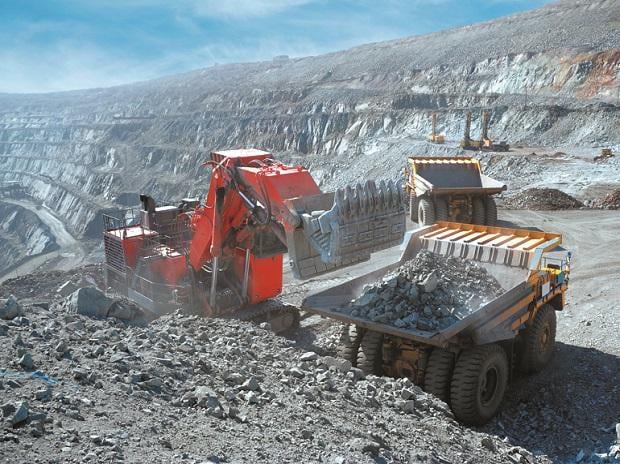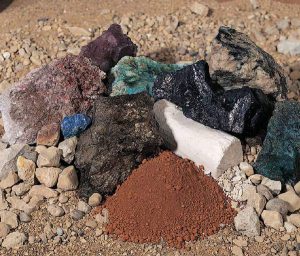
Mineral extraction plays a crucial role in various industries, providing essential raw materials for manufacturing, construction, and energy production. However, concerns about its sustainability have been raised due to the environmental and social impacts associated with extraction activities. This blog post aims to explore the question, "Is mineral extraction sustainable?" by examining different perspectives and considering the challenges and potential solutions involved.
- Environmental Impact:
Mineral extraction often involves the removal of large quantities of earth, leading to habitat destruction, soil erosion, and water pollution. Additionally, the release of toxic chemicals and greenhouse gases during extraction and processing contributes to climate change and air pollution. To address these issues, companies are increasingly adopting sustainable practices such as land reclamation, water recycling, and emission reduction technologies. - Social Implications:
Mineral extraction can have significant social implications, particularly in communities where extraction activities take place. These communities may experience disruptions to their traditional way of life, loss of land and resources, and potential health hazards. It is crucial for companies to engage with local stakeholders, ensure fair compensation, and invest in community development projects to mitigate these negative impacts. - Economic Considerations:
Mineral extraction is a vital economic driver, contributing to job creation and revenue generation. However, the long-term sustainability of this industry depends on responsible resource management and diversification of local economies. Governments and companies should prioritize sustainable practices, invest in research and development of alternative materials, and promote circular economy models to reduce reliance on finite resources. - Technological Innovations:
Advancements in technology have the potential to make mineral extraction more sustainable. For instance, the use of automation and robotics can improve efficiency and reduce the environmental footprint of extraction operations. Furthermore, the development of alternative extraction methods, such as bioleaching and phytomining, can minimize the use of harmful chemicals and reduce energy consumption. - Regulatory Frameworks and International Cooperation:
To ensure the sustainability of mineral extraction, robust regulatory frameworks and international cooperation are essential. Governments should enforce strict environmental regulations, promote transparency in the industry, and encourage responsible sourcing practices. International collaboration can facilitate knowledge sharing, best practices, and the development of global standards for sustainable mineral extraction.
Conclusion:
The sustainability of mineral extraction is a complex issue that requires a balanced approach, considering economic, environmental, and social factors. While challenges exist, technological innovations, responsible practices, and effective regulations offer opportunities for a more sustainable future. By prioritizing sustainable practices, the mineral extraction industry can contribute to economic growth while minimizing its environmental footprint and benefiting local communities.


